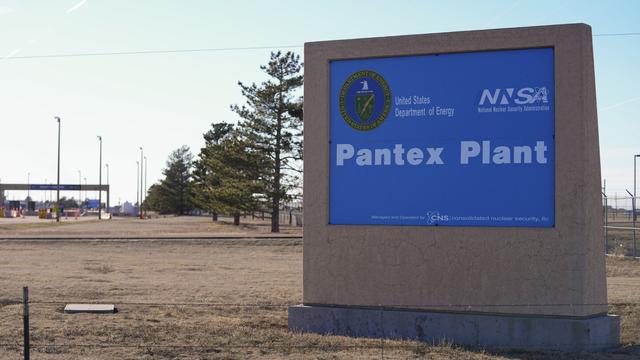Sites with #radioactive material more vulnerable as #ClimateChange increases #wildfire, #flood risks
By TAMMY WEBBER
Updated 1:04 AM EDT, May 22, 2024
"As Texas wildfires burned toward the nation’s primary nuclear weapons facility, workers hurried to ensure nothing flammable was around buildings and storage areas.
"When the fires showed no sign of slowing, #Pantex Plant officials urgently called on local contractors, who arrived within minutes with bulldozers to dig trenches and enlarge fire breaks for the sprawling complex where nuclear weapons are assembled and disassembled and dangerous plutonium pits — hollow spheres that trigger nuclear warheads and bombs — are stored.
" 'The winds can pick up really (quickly) here and can move really fast,' said Jason Armstrong, the federal field office manager at Pantex, outside Amarillo, who was awake 40 hours straight monitoring the risks. Workers were sent home and the plant shut down when smoke began blanketing the site.
"Those fires in February — including the largest in Texas history — didn’t reach Pantex, though flames came within 3 miles (5 kilometers). And Armstrong says it’s highly unlikely that plutonium pits, stored in fire-resistant drums and shelters, would have been affected by wildfire.
"But the size and speed of the grassland fires, and Pantex’s urgent response, underscore how much is at stake as climate change stokes extreme heat and drought, longer fire seasons with larger, more intense blazes and supercharged rainstorms that can lead to catastrophic flooding. The Texas fire season often starts in February, but farther west it has yet to ramp up, and is usually worst in summer and fall."
#NoNukes #NoWar #NoNuclearWeapons #NoNukesForAI #RethinkNotRestart
#NuclearPlants #NuclearPowerPlants
#ClimateCrisis #Radiation

Sites with radioactive material more vulnerable as climate change increases wildfire, flood risks
Climate climate change increasingly threatens research laboratories, weapons sites and power plants across the nation that handle or are contaminated with radioactive material or perform critical energy and defense research. The Department of Energy recently required existing sites to assess vulnerability to fires, floods and other disasters. Now the agency division that oversees active sites will decide how to consider future climate risks when issuing permits or licenses. The General Accounting Office is urging the Nuclear Regulatory Commission to do the same for nuclear power plants.